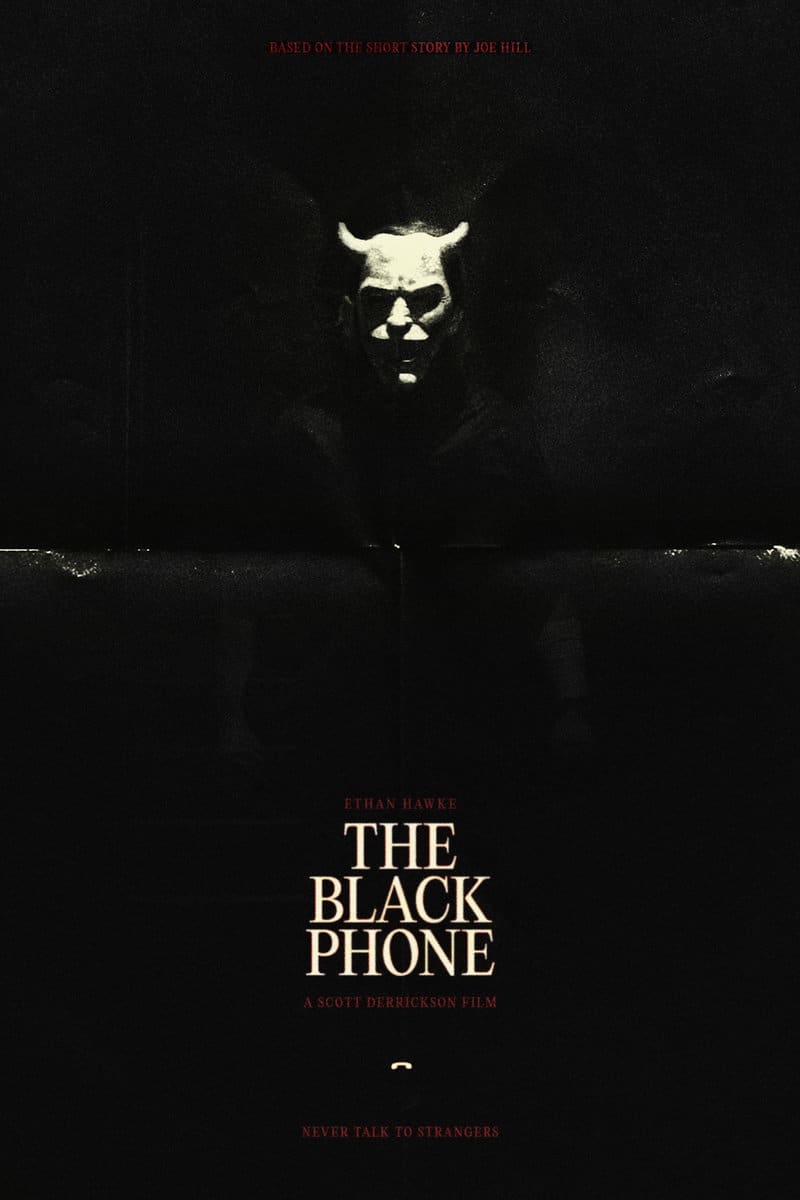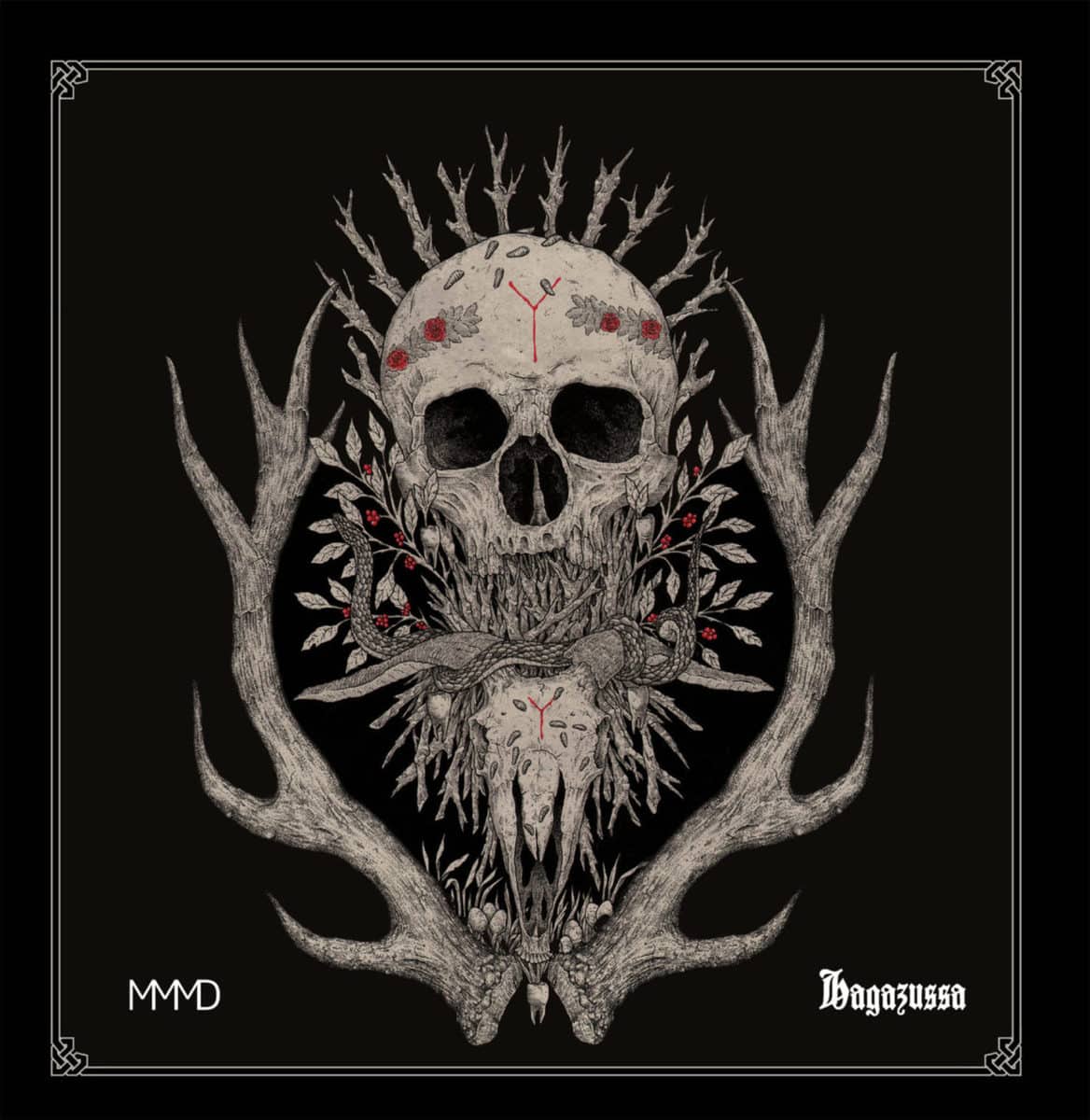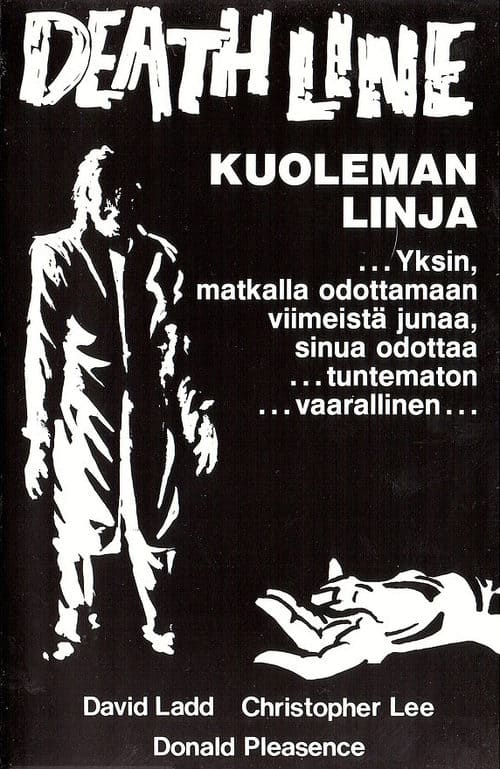
Movies set in space are most often associated with synth (dating back to The Forbidden Planet) or classical/orchestral music (from 2001: A Space Odyssey to the Star Wars films and more). They reflect the future and technological advancement, the vastness of space, and the sense of awe inherent within. Not so with Stuart A. Staples’ score to High Life.
The film follows a crew of convicts, including Robert Pattinson’s “Monte,” hurtling through space on an experimental mission with hopes to help humanity. While the film certainly has its share of futuristic technologies and alluring interpretive imagery of the depths of space, these are not the focus. Instead, interpersonal relationships and the drama inherent within drive the film. The setting simply amplifies this, with the isolation of the convicts and their lifetime confinement to a small ship increasing the tension and quickening their devolution into a primal state; a Lords of the Flies in space.
Staples, too, focuses on the humanity, or the lack thereof. The most striking moments in the film are the breakdowns into depravity, as rape and murder rule the ship. Restrained drum rhythms stand as stoic witnesses while saxophones wail in piercing discord – the mournful observers to the remnants of humanity destroying itself. Staples’ score becomes another agent of chaos, a companion piece that can be as difficult to listen to as the film’s visceral brutality is to watch.
There are moments of calm, the relaxation so often associated with the weightless meandering through space, which Staples pairs with gentle, lulling electronics. But these are short-lived. As such, the electronics always carry with them a tinge of darkness, foreshadowing the impermanence of peace.
The strongest part of the score is the “Willow” theme, a gentle and caressing lullaby. Fragments appear throughout, particularly during experimentations to create life aboard the ship. Staples (who wrote the song with his band Tindersticks) finally unleashes the full track a moment before the credits roll. Pattinson’s soft voice calls out as the music slowly eases in, building into a powerful paternal embrace. It is the one true sign of hope – much needed after the overwhelming bleakness threaded throughout film and score. There may just be a future after all.



